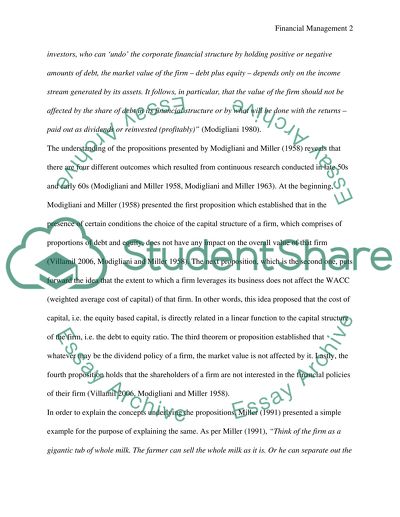Cite this document
(“Choices for Capital Structure for Firms Undergoing Merger Essay”, n.d.)
Choices for Capital Structure for Firms Undergoing Merger Essay. Retrieved from https://studentshare.org/finance-accounting/1448405-choices-for-capital-structure-for-firms-undergoing-merger
Choices for Capital Structure for Firms Undergoing Merger Essay. Retrieved from https://studentshare.org/finance-accounting/1448405-choices-for-capital-structure-for-firms-undergoing-merger
(Choices for Capital Structure for Firms Undergoing Merger Essay)
Choices for Capital Structure for Firms Undergoing Merger Essay. https://studentshare.org/finance-accounting/1448405-choices-for-capital-structure-for-firms-undergoing-merger.
Choices for Capital Structure for Firms Undergoing Merger Essay. https://studentshare.org/finance-accounting/1448405-choices-for-capital-structure-for-firms-undergoing-merger.
“Choices for Capital Structure for Firms Undergoing Merger Essay”, n.d. https://studentshare.org/finance-accounting/1448405-choices-for-capital-structure-for-firms-undergoing-merger.


